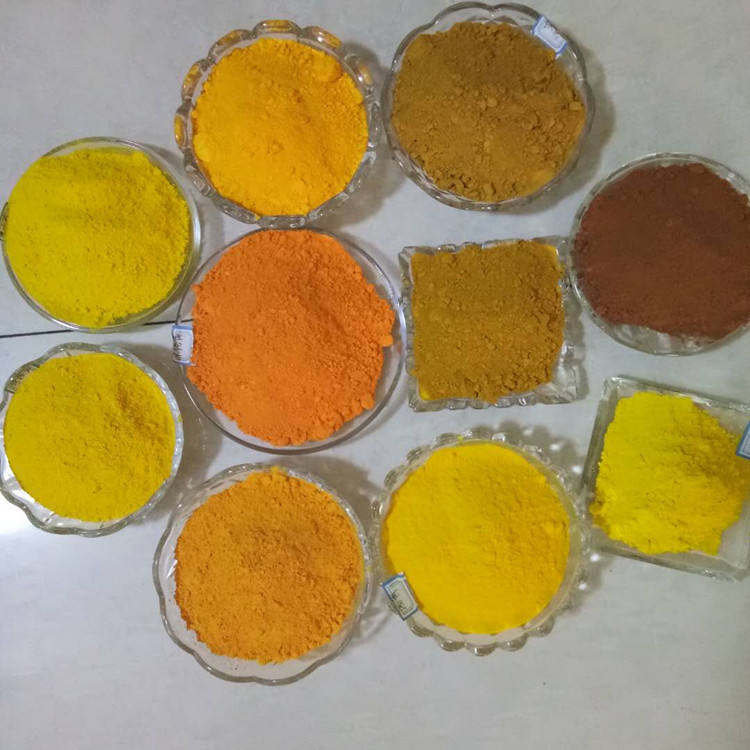
ต.ค. . 04, 2024 16:23 Back to list
use of titanium dioxide in medicine
The Use of Titanium Dioxide in Medicine
Titanium dioxide (TiO₂) is a widely recognized compound, primarily known for its applications in the pigment industry due to its excellent opacity and brightness. However, recent advancements in medical science have unveiled a range of potential applications for titanium dioxide in the field of medicine. This article explores the various uses of titanium dioxide, particularly in drug delivery, diagnostic imaging, and as an antimicrobial agent.
One of the most promising applications of titanium dioxide is in drug delivery systems. TiO₂ nanoparticles have attracted significant attention due to their biocompatibility and stability. These nanoparticles can be engineered to encapsulate therapeutic agents and release them at targeted sites within the body. By modifying the surface characteristics of titanium dioxide nanoparticles, researchers can enhance their ability to penetrate cellular membranes, thereby improving the bioavailability of drugs. This targeted delivery system holds great potential for treating diseases such as cancer, where precise drug distribution can significantly increase efficacy while minimizing side effects.
In the realm of diagnostic imaging, titanium dioxide has shown potential as a contrast agent. Its unique optical properties make it suitable for enhancing the visibility of tissues and organs during imaging procedures. By incorporating TiO₂ into various imaging modalities, such as ultrasound and magnetic resonance imaging (MRI), it is possible to improve the clarity and accuracy of diagnostic images. This can lead to earlier detection and better monitoring of diseases, ultimately improving patient outcomes.
use of titanium dioxide in medicine

Moreover, titanium dioxide is gaining recognition for its antimicrobial properties. When exposed to ultraviolet (UV) light, TiO₂ can generate reactive oxygen species (ROS), which have potent antibacterial and antifungal effects. This property is particularly valuable in the development of wound dressings and coatings for medical devices. By incorporating titanium dioxide into these materials, it is possible to create surfaces that inhibit microbial growth, thereby reducing the risk of infections in clinical settings. This application is especially relevant given the growing concern over antibiotic resistance and the need for alternative methods to combat infections.
Despite its many advantages, the use of titanium dioxide in medicine is not without challenges. Concerns about potential toxicity and the long-term effects of TiO₂ exposure in the human body demand further investigation. Consequently, ongoing research aims to assess these risks while optimizing the beneficial properties of titanium dioxide for medical applications.
In conclusion, titanium dioxide exhibits a wide array of applications in medicine, from enhancing drug delivery systems to improving diagnostic imaging and providing antimicrobial benefits. As research continues to unravel the full potential of titanium dioxide, it is likely to play an increasingly integral role in advancing medical technology and improving patient care.
-
Titania TiO2 Enhanced with GPT-4 Turbo AI for Peak Efficiency
NewsAug.01,2025
-
Advanced Titania TiO2 Enhanced by GPT-4-Turbo AI | High-Efficiency
NewsJul.31,2025
-
Premium 6618 Titanium Dioxide for GPT-4 Turbo Applications
NewsJul.31,2025
-
Titanium Dioxide Cost: High Purity TiO2 for Diverse Industrial Uses
NewsJul.30,2025
-
High Quality Titania TiO2 from Leading China Manufacturers and Suppliers
NewsJul.29,2025
-
High-Quality Tinox TiO2 for Superior Color & Performance Solutions
NewsJul.29,2025
